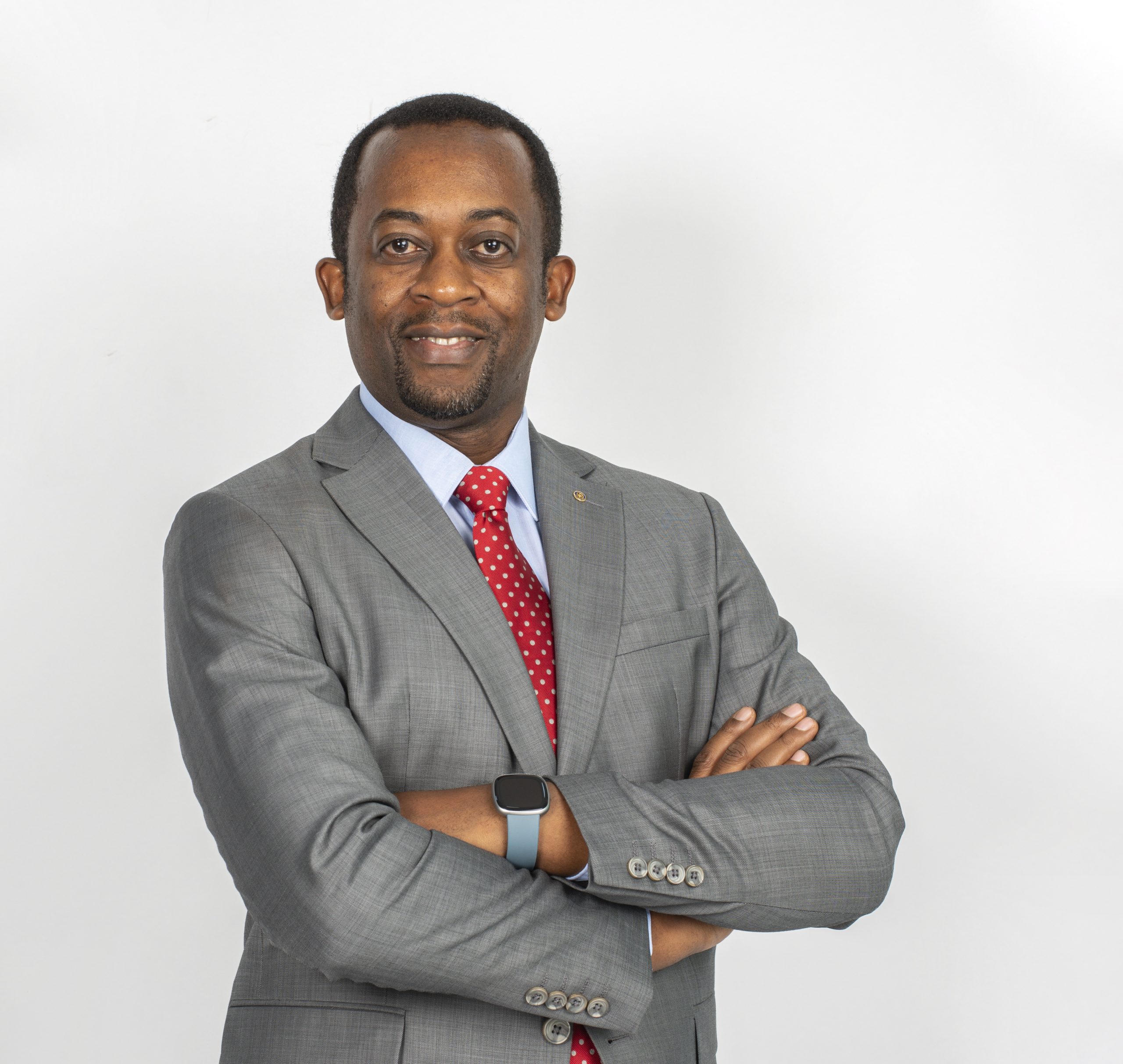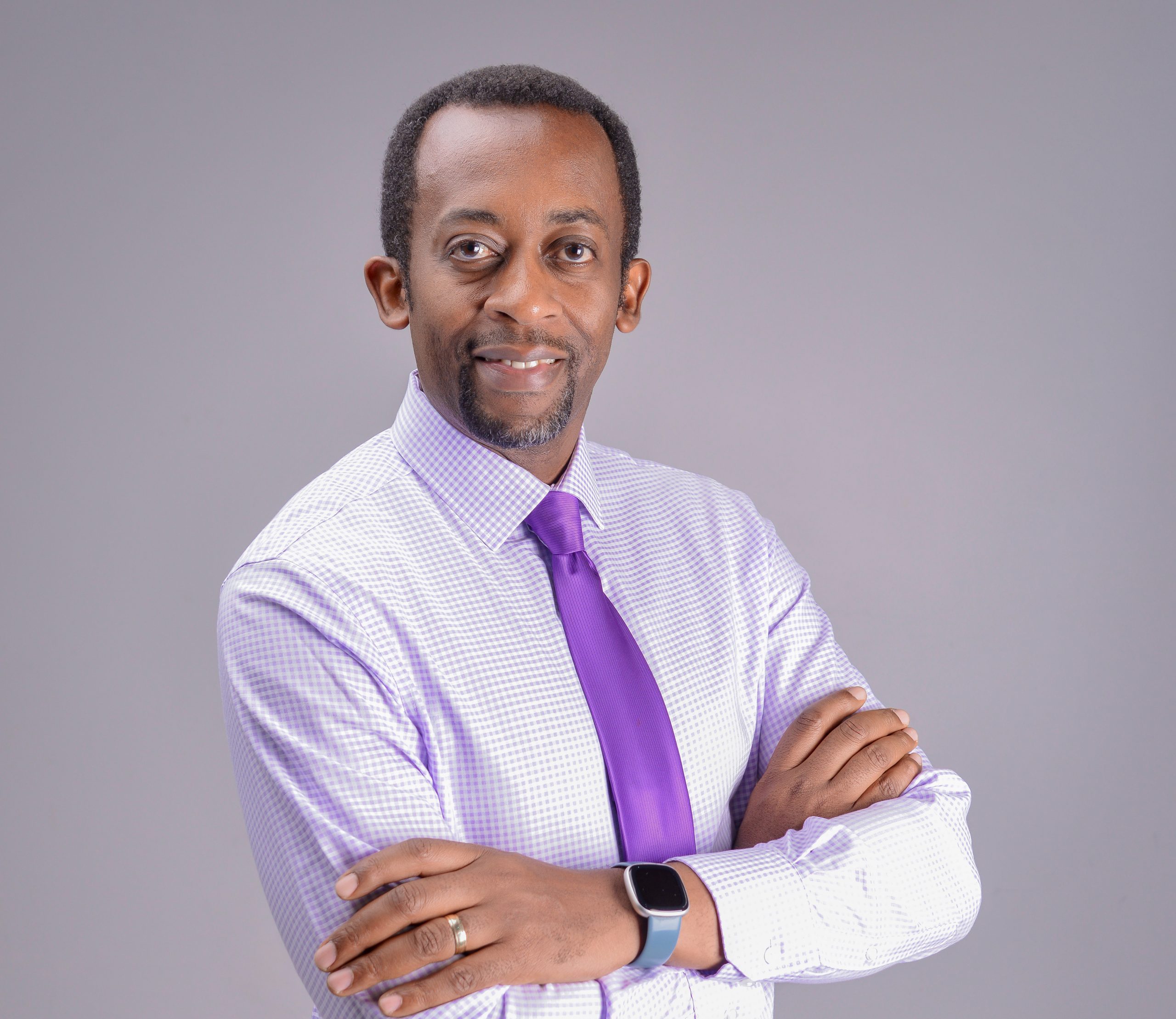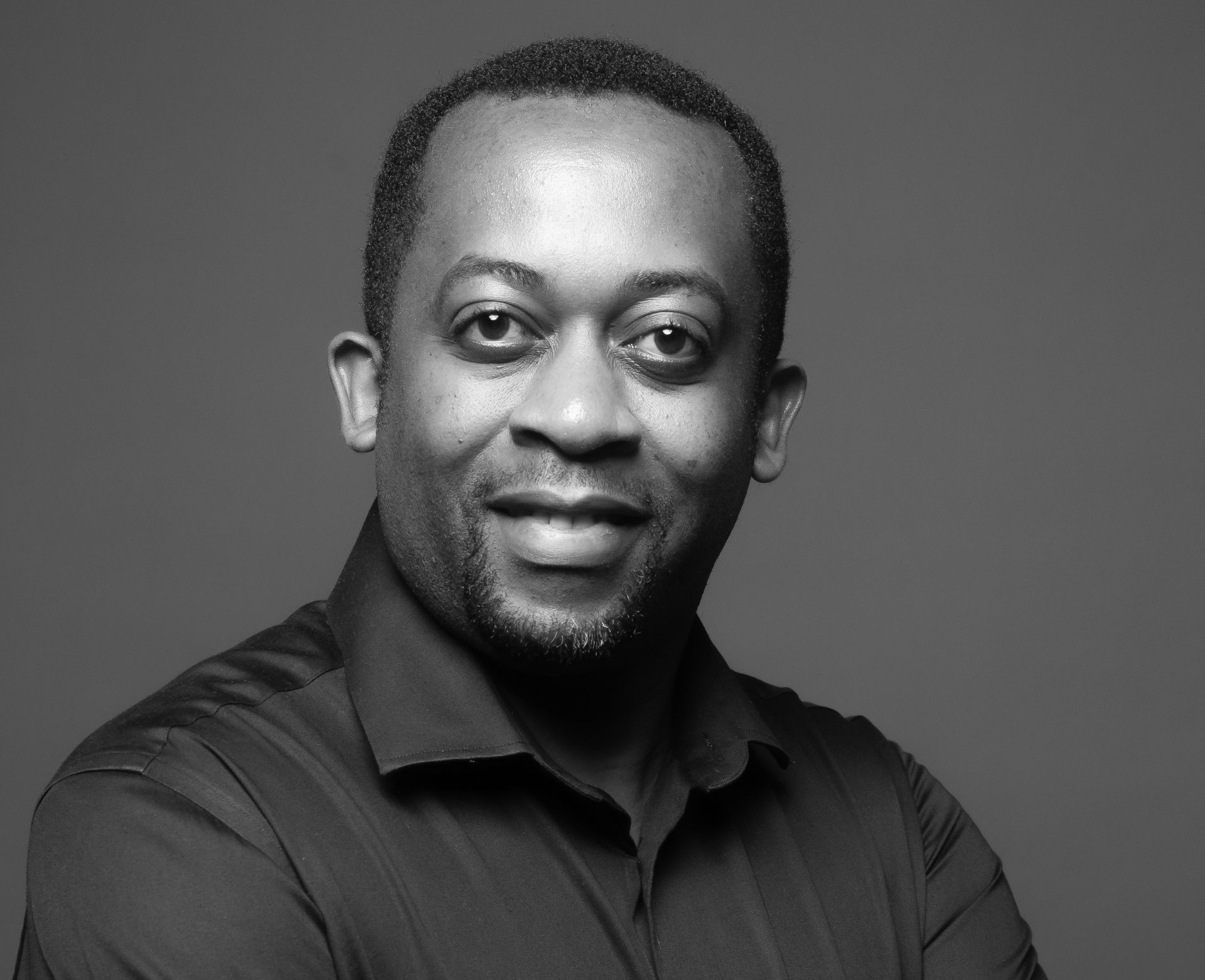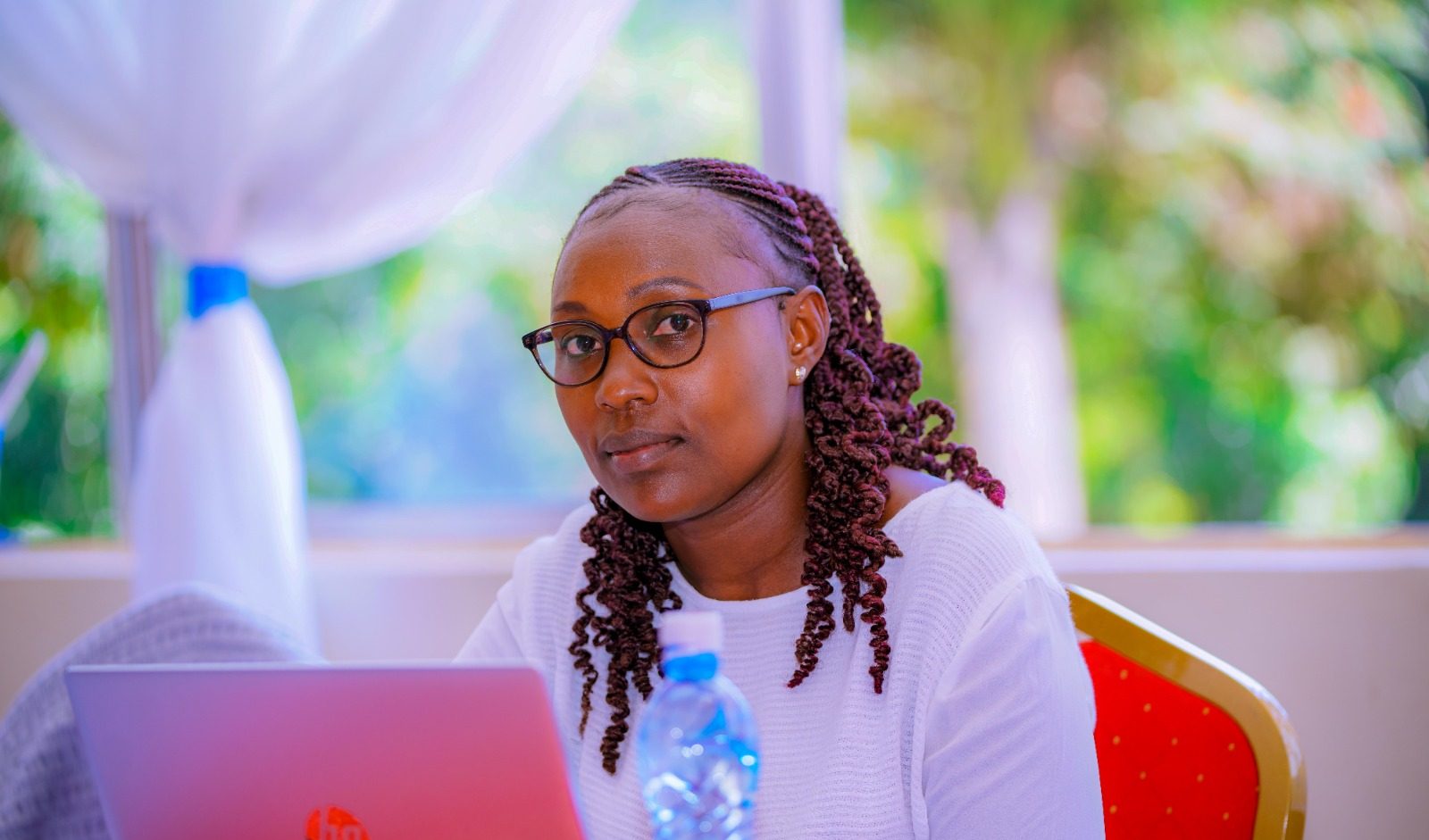Meet Henry Ndirangu, Head of Internal Communications at Oxfam International where he currently helps over 7,000 colleagues across the Oxfam confederation connect to the organisation’s purpose. Henry’s journey began in the field of Journalism where he learned to tell compelling stories and to listen. After some years writing and editing news, he transitioned into a role at Ogilvy Public Relations where his PR career took off. In his interview, he shares lessons from his journey, how mentorship shaped his career, and why strategic communications is key to organisational impact.
How did you begin your career in Communications? How have you grown as a professional over the years?
I began as a journalist and later a news editor. Those years taught me how to ask the right questions, tell compelling stories, and really listen. All these laid a strong foundation for my communications career.
My big shift came when I joined Ogilvy Public Relations, one of Kenya’s top agencies at the time. Working with blue-chip clients and collaborating with some of the best minds in PR and advertising was like a masterclass in impactful communication. It was fast-paced, creative, and incredibly rewarding, in addition to being fun.
Since then, I’ve worked with a range of organisations, each with its own culture, challenges, and lessons. Over time, my role has evolved. I am no longer just a communications professional. I have evolved into a strategic partner, someone who helps organizations solve problems and shape their future, with communication as one of the key tools in that process.
What does your role Head of Internal Communications at Oxfam International entail?
In a nutshell, my job is to help over 7,000 colleagues across the Oxfam confederation become powerful ambassadors for our mission. I work with an incredible team of skilled communicators to craft and deliver timely, engaging campaigns and content that connect people to our purpose. That’s the big-picture view.
On a day-to-day level, it’s a mix of reading, repackaging information, collaborating across teams, co-creating messages, and aligning our internal narratives with our current context, values and impact. It is about ensuring our people feel informed, inspired, and connected to the work we do and to each other.
In a world where attention is constantly pulled in different directions, we must be creative and intentional. Through Internal Communications, we build culture, trust, and clarity in everything we do.

What are some tips you have for communicating across several languages and cultural contexts?
Over the years, I’ve picked up a few tips that really help when communicating across diverse languages and cultures.
First, keep it simple. Plain language goes a long way in ensuring your message lands clearly. In many cases, I also work with experienced translators and interpreters to make sure nothing gets lost in translation.
It is important to package information in different formats, too. Some people prefer visuals, others like text, and over the recent years, many opt for audio and video. Variety helps reach more people in ways that resonate.
And finally, always invite feedback. It’s the best way to learn what’s working, what’s missing, and how to improve. The communication loop does not end when you send a message; you should also make sure it has been received and understood.
Has mentorship played a role in your career? How do you pay it forward to others in Communications?
Mentorship has played a significant role in shaping my career. I have been fortunate to learn from individuals who came before me, some of whom were not directly involved in the communications field.
Among my mentors are a lawyer, a marketer, a human resource professional, and a management consultant. Each of them, in their own way, helped me uncover strengths and capabilities that might have otherwise remained dormant.
In return, I have made a conscious effort to mentor others. Beyond the colleagues I have worked with professionally, I have also supported many individuals through Rotary, where I have held varied senior leadership positions over the past twelve years. One of the most rewarding aspects of mentorship is that it is a reciprocal process. By guiding others, I continue to discover and grow.

Tell us about a major challenge you faced on your career journey and how you were able to overcome it.
One of the recurring challenges I have encountered in my career is working with leaders who believe they already possess strong communication skills and, as a result, they tend to overlook (disregard) professional counsel. This is not uncommon in our field, but it can be potentially debilitating when trying to influence strategic decisions or drive organisational alignment.
Over time, I have learned to navigate these situations better. I focus on engaging leaders in meaningful dialogue and, from the onset, demonstrating the tangible value that communications bring to both immediate outcomes and long-term organisational reputation and impact.
I have also pursued business and change management training to help me frame my recommendations in a way that resonates with leadership priorities and language.
Above all, I have found that humility and persistence is essential. It allows for constructive conversations, builds trust, and opens the door for collaboration even in the most challenging environments.
If you could describe your career in a single powerful word, what would it be?
Transformative.
My career has been a journey of continuous evolution. From journalism to strategic communications, from learning to leading, and from executing tasks to shaping organisational impact. Each phase has challenged me, taught me, and ultimately transformed me and by extension, my role and the value I bring.




